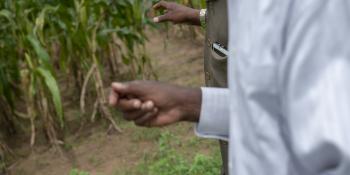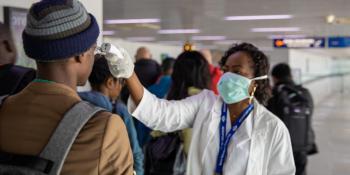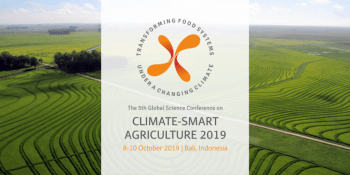Blended finance: How we can scale up critical finance for sustainable food systems

Sustainable agriculture is systemically underfinanced in developing countries despite its critical contribution to many of the sustainable development goals (SDGs). In this new discussion paper, key stakeholders provide a pathway to scaling up investment in sustainable agriculture through blended finance.
What is blended finance?
Blended finance is the use of catalytic capital from public or philanthropic sources to increase private sector investment in sustainable development. Find out more here.
Investment in sustainable agriculture in developing countries is risky and therefore beyond the investment mandate of most private investors. Blended finance can help de-risk these investments for private sector actors but this requires a multistakeholder partnership approach between financial sector actors, the food & agriculture industry, NGO’s, multilateral organizations, donors, investors, as well as the technology sector to create the right enabling environment.
This discussion paper provides a six-point action plan with simple but critical steps to increase investment in sustainable food systems:
- Donors should commit to allocating 10-20% of their funding to private investment mobilization
- Multilateral development banks and development finance institutions should be governed to focus on mobilizing private direct finance for sustainable food systems
- The development community and private sector should directly collaborate to boost investment through the finance chain
- The development community should call for proposals to allocate their scarce and catalytic financial resources to the best mobilization proposals
- Public knowledge hubs should be championed for successful financing solutions that foster sustainable food systems
- Inclusivity and resilience in agricultural value chains should be promoted through evidence-driven incentives and coordinated technical assistance programmes



